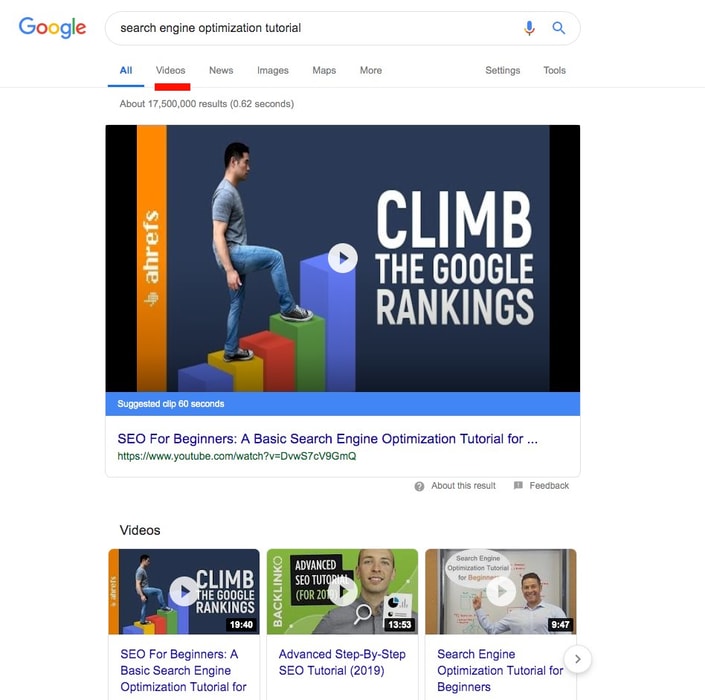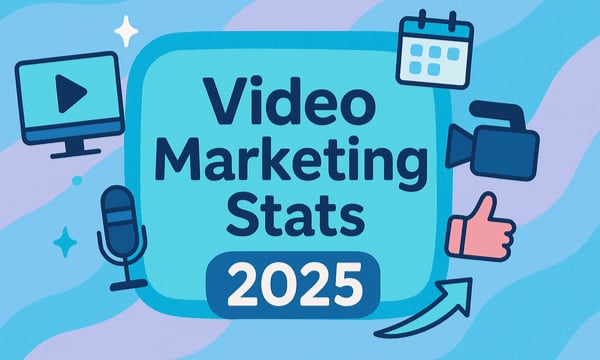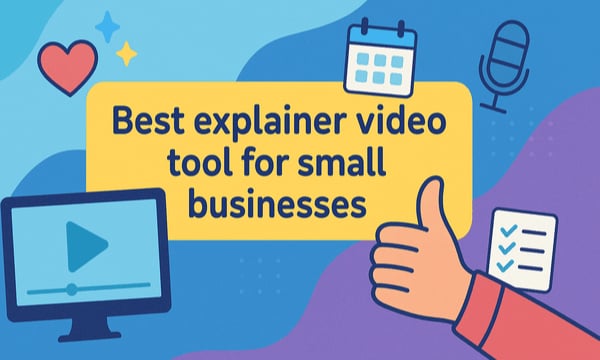Has your website traffic dropped since the Google algorithm update last week? It’s still early days but many websites are reporting huge drops in traffic. For example, the Daily Mail reportedly saw a 50% drop. All is not lost though, we’ve got some top tips to help you bounce back stronger than ever.
What did Google update?
Google referred to it as a broad core algorithm update, which it carries out several times a year. Unusually, it announced this update in advance, which alone was an indication of significance. The update started rolling out on 3rd June, and reportedly finished on 8th. However, as usual it was tight-lipped on the details of what exactly changed. According to Google there should be nothing specific you need to “fix”. Essentially, you need to create great content, and follow its guidelines.
Shortly following the core algorithm update Google then announced the site diversity change. This update is intended to provide more diversity in the websites you see in the search engine results. So you won’t see multiple listings from the same site in the top results. Subdomains will also now be treated as part of the core domain, so you wouldn’t see website.com and blog.website.com both topping the results.
How can my website recover?
If you’ve been hit by the recent update it’s time to go back to basics. Create great content that is relevant to your target audience and make sure it’s optimized following Google’s guidelines.
"An often overlooked key to search engine success is online video. Did you know you’re 50 times more likely to rank on the first page with a video than text content?"
In these uncertain times take control of your search rankings by optimizing your existing video content and creating more. VideoScribe is a great way to produce video content quickly and cost-effectively.
What is video SEO?
The process of optimizing your video so search engines can crawl, index and rank it on search engine results pages (SERPs).
Google is giving increasing prominence to videos within the results pages for many categories and search queries. There are several ways in which including video on your webpage can help improve your rank...
Increase click-through rates (CTRs). The demand for video is largely consumer-led. Internet users have short attention spans, and increasingly prefer digesting information in video form. You have on average 8 seconds to grab attention. If you can get your video to appear in a video rich snippet, you will stand out from the rest of the results on the page and increase your click-through rate.
Lower bounce rates. People spend more time on a website with video, up to 88% more time according to Forbes. Google considers both dwell time and bounce rate when determining the quality of a page and where to rank it.
Generate more links and shares. Video content gets shared 1200% more than text and images combined on social and can generate hundreds of thousands of high-quality links. Video is a fantastic way to boost the popularity of your page, and so improve your rank.
Top tips for optimizing your videos for SEO
1. Carry out keyword research
Just like standard search engine optimization it’s important to know what your audience is searching for and what keywords and topics you should be targeting. It’s also important to check how much importance Google is placing on video within the search results for the keywords you’re aiming to rank for. If Google isn’t already surfacing videos for that term then it doesn’t consider video the best format to answer that query, so focus your efforts elsewhere.
Do a quick Google search for your target keywords and check where the video tab appears in the search bar navigation and how far down the first page the video results appear. This shows you how much weight Google places on videos for that query.
Google places a higher value on educational video content, specifically:
- How to videos
- Tutorials
- Reviews
For example, searching “search engine optimization” gives me no videos on the first page and the “video” tab is far to the right:

But with “search engine optimization tutorial”, Google places far more importance on video content:

2. Optimize your title and description
Think of these in exactly the same way you would your page title and meta description of a blog post. Include your target keywords but don’t stuff it with many different ones. Be considered, the title and description are one of the first things a user will see. Make sure it’s enticing, interesting and easily understandable. It's a headline after all. Would you click? If you’re not sure, rewrite it. Optimized video titles and descriptions is an effective way to ensure greater search visibility. Also, add your core keyword to the file name of your video before you upload it. Many platforms use the file name as part of the URL.
3. Choose an engaging thumbnail
Many searchers will look no further than your video thumbnail before deciding whether to click or move on. Think of your thumbnail as an advert or the book cover for your video, don’t rely on the default after uploading. You may need to create a custom thumbnail. Make it compelling but also highly relevant for what you want to rank for. Wistia found that customized thumbnails increased play rates of its videos by 30%.
4. Insert a video transcript
Add a transcript of your script under the video. Ensuring your target keywords are present. This allows search bots to scrape and understand your content easier. Your video will also be accessible to a wider audience, helping those with hearing problems or simply can’t turn the sound on at the moment.
5. Embed the most important video first
Google will typically only index one video per page. Search engines will stop crawling for videos as soon as they find the first. So make sure your most important video is the first one they’ll find on your page for a better user experience. Keep your page focused around this video to improve relevance and put it above the fold. If users click through for a video but have to scroll to find it, your play rates will be lower and your ranking will suffer.
6. Ensure the rest of the page optimized
Don’t forget about the rest of your page. You could craft the perfect video but something simple could prevent Google crawling the entire page giving you a terrible ranking no matter how good your video is. Video SEO should be part of your wider SEO strategy, not sit in a silo.
How to get started with video content
As we’ve seen the key to riding out Google’s June 2019 Core Algorithm Update (and any more to come) is to focus on relevant, high-quality content. Creating video content can seem like a daunting challenge.
Luckily, tools like VideoScribe can make it really easy and cost-effective. You can easily repurpose existing assets, for example infographics, and transform them into compelling explainer videos in minutes.
Try it for yourself with our seven day free trial, no credit card needed.


![create your own videos today]](https://blog.videoscribe.co/hs-fs/hubfs/create%20your%20own%20videos%20today%5D.jpg?width=600&name=create%20your%20own%20videos%20today%5D.jpg)

.png)



![How to create animation magic [3-part guide to video success]](https://blog.videoscribe.co/hubfs/How%20to%20create%20animation%20magic%20guide%20VideoScribe.png)


%20(1).png)


COMMENTS